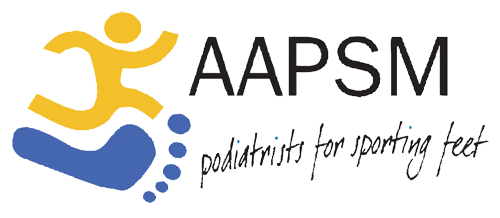Gold Coast Airport Marathon
Gold Coast Foot Centre tips for the upcoming Gold Coast Airport Marathon
Footwear
Make sure you have the right shoe for you. What does that mean? Sounds pretty straight forward doesn’t it… not at all! There are so many factors to consider, some of the more important being running shoe history, previous injuries, preference in feel of the shoe (softer or firmer) fit (wider, narrower, deep, shallow etc) and heel height, just to name a few. There’s no exact science to what the best shoe is, but rather what the best shoe for YOU is going to be. If you’re not sure where to start, get in touch with one of the podiatrists at Gold Coast Foot Centres www.goldcoastfootcentres.com or a speciality running store who can point you in the right direction.
Generally speaking, I like to have at least 200kms in a pair of shoes before race day. This will ensure that you’ve had adequate time to appropriately wear in and adapt to the shoes. This minimises any adaptation issues such as blisters.
Another good tip during training is to have 2 pairs of runners that are slightly different from one another. There is an optimal amount of time for your shoes to ‘rest’ in between runs. Therefore, if your training plan calls for you to run on back-to-back days, then you may not be allowing appropriate rest, and might be shortening the lifespan of your shoes. Having 2 pairs of shoes you can swap between will minimise this factor. It is also thought that having 2 pairs of shoes, different from each other, can reduce injury risks. The reason for this being when you change between the 2 pairs, the stimuli from your feet is being slightly altered, as well as differed loading patterns and muscle timing. For example, your predominate training shoe may be a softer shoe with a 12mm heel height, and your secondary shoe used for interval training might be a firmer shoe with a 6-8mm heel height.
X-training, different terrains, altered intensity and distances
Similar to having 2 training shoes, incorporating x-training, different terrains and altered intensities and distances can be effective in reducing injury risks. If unsure how to best devise a training plan, consult a health professional or running coach.
Nutrition
Studies have shown that consuming carbohydrates during your run can boost performance. Generally speaking, if you perform more than 75 minutes of running, you can benefit from carbs during your run. Most research suggests around 30-60g of carbs per hour, after the first hour of running. There’s no exact amount which you should be consuming, but you can use common sense to tweak this to suit you. If you’re a heavier person your consumption might be at the higher end of the 30-60g scale. If you’re performing at a higher intensity you may also be at the higher end of the scale. Some people will also benefit from carbohydrate loading in the days leading up to the race.
Nutrition can be a highly personal thing. Something that may work for one person, may not for another individual. The key to it all is practicing what works for you, and fine tuning it through trial and error. Come race day you should know exactly what will allow your body to function most efficiently. For more specific information, please consult a dietician.
Footcare
Often runners find their toenails become black and bruised after long runs. This is due to repetitive micro trauma to your toenails. This can result from a number of factors; your nails may be too long, your shoes may be too small causing your toe to hit the end of your shoe or your shoes may be too big causing your toes to claw in order to hold the shoe on your foot. This can be avoided by ensuring your nails are appropriately trimmed and footwear is fitted correctly.
Blistering can also be a large factor. Either caused by friction or pressure, blisters can be extremely painful and limiting. Strategies such as applying body lubricants, taping, having the right shoes for you and proper socks are all good strategies. There are particular socks on the market which are designed to wick moister away from your foot, decreasing the chance of blistering. Some are also anatomically fitted, having a left and right sock will improve the fit and decrease the chance of bunching or rubbing from your socks.
General maintenance and foot care can also be beneficial during training to reduce the build-up of callous, maintain your nails and monitor for things like blisters with regular podiatry visits.
Finally, enjoy your training and preparation and register through www.goldcoastmarathon.com.au
Good Luck!!
For more information contact one of the Gold Coast Foot Centres Podiatrists, Ben Harcourt, Darren Gaffney or Nelson Pollard.
Nelson Pollard
PODIATRIST
Gold Coast Foot Centres
IMAGE CREDIT - GCMarathon




